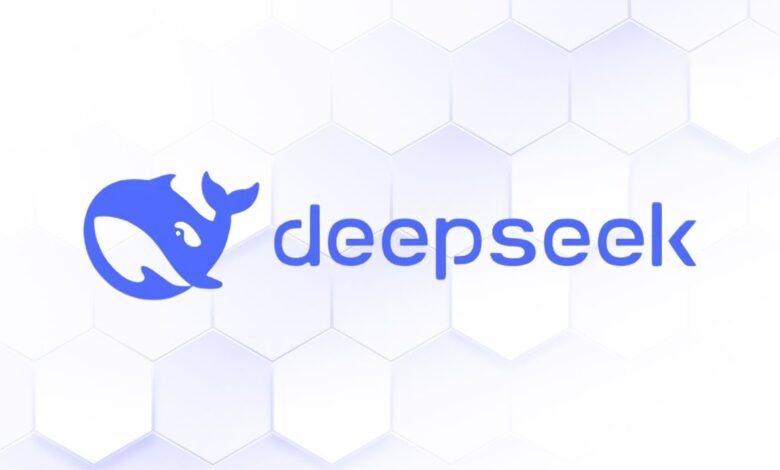China’s AI Leap: How Deepseek is Redefining the Global Tech Race

China’s latest AI breakthrough has leapfrogged global expectations, challenging Silicon Valley’s dominance. The spotlight is on Deepseek, a Chinese research lab that stunned the tech world with its open-source AI model, developed in just two months at a fraction of the cost incurred by Western giants.
The Rise of Deepseek
Deepseek’s Version 3 model, built with $5.6 million, outperformed Meta’s Llama, OpenAI’s GPT-4-O, and Anthropic’s Claude Sonnet 3.5 in accuracy across coding, math, and bug-fixing tests. Its efficiency is staggering—training on 14.8 trillion tokens using Nvidia’s restricted H-800 GPUs, sidestepping U.S. semiconductor bans. By focusing on distillation techniques and numerical stability, Deepseek optimized compute usage, proving that innovation thrives under constraints.
Cost Efficiency vs. Capital Power
While OpenAI spends $5 billion annually and Google allocates $1for 2024, Deepseek’s frugal approach raises questions about the necessity of massive investments. The lab’s open-source model costs just 10 cents per million tokens—1/30th of GPT-4’s rate—enabling developers worldwide to build affordable applications. This disrupts the narrative that AI leadership requires billions, as even reasoning models are now being developed for under $500.
Geopolitical Implications
The U.S. aimed to curb China’s AI progress through chip restrictions, but Deepseek’s success highlights a counterintuitive outcome: necessity bred ingenuity. By leveraging older GPUs and refining training methods, Chinese labs like Deepseek and Zero One Dot AI (founded by Kai-Fu Lee) are closing the gap. Former Google CEO Eric Schmidt revised his earlier stance, admitting China caught up in just six months.
Open-Source vs. Closed Ecosystems
Deepseek’s open-source strategy challenges proprietary models. Developers globally now prefer customizable, cost-effective solutions, threatening U.S. dominance. However, concerns linger about state influence—Chinese models must align with “core socialist values,” potentially embedding censorship into global tech infrastructure.
Expert Insights
Perplexity CEO Arvind Srinivas notes Deepseek’s technical prowess: “They trained a mixture of experts model with FP-8 precision, something even U.S. labs struggle with.” While critics dismiss Chinese innovation as mimicry, Deepseek’s architectural tweaks and efficiency gains reveal genuine advancement.
The Future of AI Development
The race is shifting from brute-force scaling to reasoning capabilities. OpenAI’s O1 model remains cutting-edge, but competitors are fast approaching. As models commoditize, the focus turns to real-world applications—Perplexity, for instance, leverages AI for accurate Q&A systems without hallucinations.
Conclusion
Deepseek’s ascent underscores a paradigm shift: capital alone no longer guarantees AI supremacy. Efficiency, open-source collaboration, and adaptive innovation are rewriting the rules. For the U.S., maintaining leadership demands creativity, not just cash. As Srinivas puts it, “The game is changing. Whoever adapts fastest will win.”
In case you have found a mistake in the text, please send a message to the author by selecting the mistake and pressing Ctrl-Enter.
https://techplanet.today/storage/posts/2025/01/25/zVecrSHZlqDXdqjhGfWHuNU1OScxF8J2JozaJyQe.jpg
2025-01-25 01:19:38




